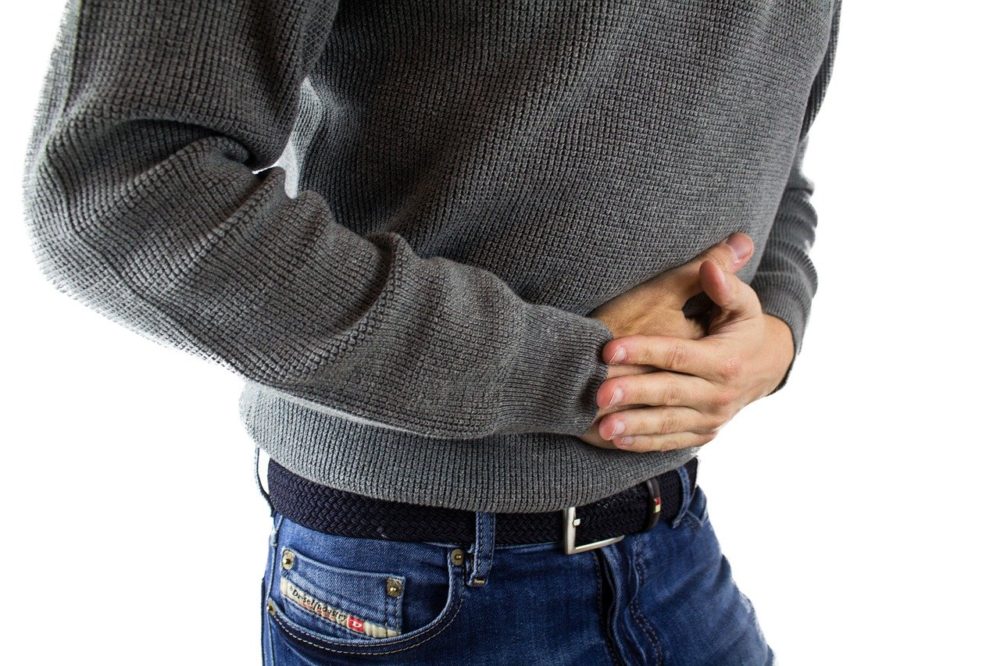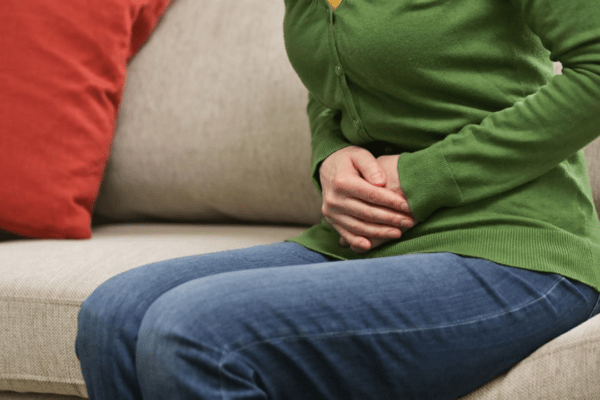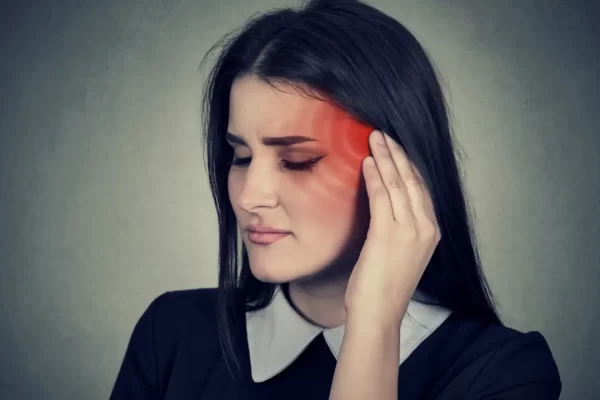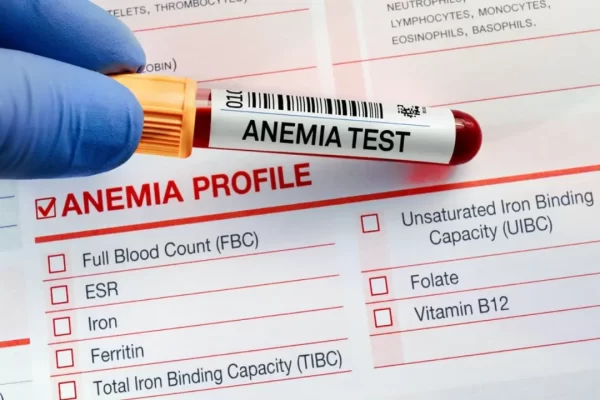Appendicitis is the swelling or inflammation of the appendix due to a blockage inside. The appendix is a narrow, 3 ½ inch long, almost “finger-shaped” pouch attached to the large intestine on the lower right side of the abdomen. Although can you live without the organ, it can raise alarms if the appendix bursts or ruptures.
Appendicitis can be acute or chronic and is considered a medical emergency that requires surgery immediately to remove the appendix. When the appendix swells up, it blocks the blood flow and causes it to burst. A ruptured appendix can be life-threatening since it can cause bacteria and infection (called peritonitis) to release and spread into other places like your abdominal cavity.
The question now arises is how you would identify if the pain you’re feeling is actually a sign of appendicitis or a mere stomach pain? Keep reading to learn how to tell if that pain is really your appendix.
Here are the signs and symptoms for appendicitis
The appendix doesn’t usually burst without warning. You would notice the following sings within 24 to 48 hours to identify if your appendix has actually ruptured.
- Sudden piercing pain near the belly button which shifts to your lower right abdomen is the most common and telling sign of appendicitis.
- Pain on the right side that doesn’t seem to go away or lessen.
- Pain that gets worse by the hour which makes it difficult for you to even move.
- Vomiting
- Nausea
- Diarrhea
- Swollen belly
- Fever
These are all indicators that something serious is going on and you need to rush to the emergency room right away.
Reasons for the appendix to get infected
A blockage can infect the appendix and the blockage can be caused due to various reasons. Some of which include:
- Inflammation
- Viruses and bacteria
- Ulcers
- Fecal matter
- Enlarged tissues
How do you diagnose appendicitis?
To diagnose the matters of the appendix, the doctor could run multiple tests.
Image testing
The doctor would use image testing to detect inflammation of your appendix. This would also help to identify other potential causes such as fecal impaction or abdominal abscess. Image testing includes ultrasound, CT scan, X-ray or MRI scan.
Chest imaging test
Signs of pneumonia can also hint at symptoms similar to appendicitis as it affects the lower right of your lungs. The doctor would take an X-ray of your chest to get detailed images of your lungs to help further with the situation.
Pelvic exam
Appendicitis symptoms could also be due to pelvic inflammatory disease if you are a woman, or an ovarian cyst, or some other condition affecting your reproductive organs. Pelvic exam include inspection of your vagina, vulva, and cervix and collection of cells for testing.
Urine tests
Infection of the urinary tract or the stomach may develop signs of those of appendicitis since appendicitis is often accompanied by bacterial infection.
Hence, to cancel out urinary tract infection that could be playing a part in your appendicitis pain, your doctor would conduct urinalyses or urine test.
Appendicitis complications
If the situation is not treated at the right moment, appendicitis could lead to complications like:
- Ruptured appendix: if the appendix bursts or ruptures, the infection will spill and spread bacteria throughout your abdomen cavity. This situation is potentially life-threatening as through the stomach, the infection can reach other vital organs like your liver and intestines. A ruptured appendix requires immediate removal surgery of the appendix.
- Abscess formation: when the appendix bursts, if can sometimes form a sac of pus in the abdomen region. In that case, the pus has to be drained using a tube which is inserted into the abdominal wall. The abscess or the pus take about a week or two to get fully drained out. Antibiotics could also be prescribed to deal with the process and clear the infection.
Treatment
Appendicitis is always considered an emergency. Most cases of appendicitis is treated with surgery, called an appendectomy, wherein the inflamed appendix is removed.
Appendectomy includes an abdominal incision of about 2-4 inches, near the appendix region to remove it. If your appendix has not burst, you can recover rather quickly with the scar healing faster too. However, with a ruptured appendix after surgery complications could develop. If your appendix has ruptured and infection has spread beyond the appendix or you have an abscess, the surgeon will also drain the pus and clean out the belly. A tube is placed in the lower stomach area for about a week to get the pus out. The infection and pus can take several days to get fully drained out of the system. With the case of ruptured appendix, the recovery takes longer.
You are also put on several antibiotics to compliment post-surgery recovery and to help with the abscess healing process.
Post-surgery care
It is important to support and heal your body after surgery for a speedy recovery.
- Avoid strenuous physical activity: avoid moving around or doing heavy physical activity, chores and driving,
- after surgery. Your body needs ample time to recover. Take on any chores atleast after 10 days of rest.
- Don’t put pressure: don’t apply pressure on the side where the surgery was done. Try sleeping on the opposite side or use a pillow to support your abdomen.
- Call your doctor if you notice any discomfort: if you experience pain in the area, vomiting, fever, dizziness or the pus starts to leak out, go to the hospital immediately.




